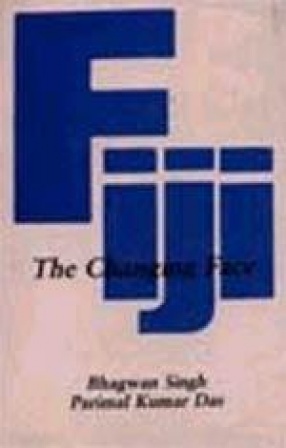Books on ancient Indian history are based partly on borrowed imagination and partly on distorted facts. They conceal boldly and reveal sceptically. We have formed a habit of listening to and believing in fantastic stories, both at home and abroad, about the origin and devolution of Harappan civilization and differentiation and dispersion of Indo-European languages. No wonder that the students of ancient India received a jolt with the publication, in 1987, of Harappa Sabhyata aur Vaidika Sahitya (Harappan Civilization and Vedic Literature) by the author of the present work. It provided ample evidence to change most of the basic premises and open the closed doors of perception of the hidebound scholars. It explained all the anomalies and pointed out as well as answered most of the questions raised but not discussed by those who professed that the Vedic civilization had a distinct origin and different social structure, economy and idiom from the one called Indus or Harappan civilization. Scholars found it to be one of the most thought provoking books ever written in any language on the subject. Many of the postulates of the author have been vindicated by archaeologists and specialists in allied fields in the past eight years, even though most of them could not have seen the book due to the language barrier. The present work, The Vedic Harappans, has a wider scope and is a more authoritative work than the one published in Hindi. Massive data elucidating most, if not all, aspects of Harappan material culture including agriculture, industry, mining and metallurgy, trade, navigation, language, social set up, urban planning, public administration and religious beliefs, make it immensely valuable to all students and scholars of history, culture, archaeology and linguistics, no matter what their individual propensities and formulations happen to be. No serious scholar can afford to ignore the hard data and the clinching conclusions offered by the book for the first time. One may differ from some of the hypotheses built in order to explain the missing links which have plagued the investigators regarding the formative period of the Harappan civilization, or with the methodology adopted for reconstructing some features about which the author is himself sceptical. But the work as a whole makes short work of the crooked theories and mischievous notions ingeniously designed by those who were motivated by extraneous considerations or who used history as a ploy.
Fiji: The Changing Face
$9.26
$9.75






There are no reviews yet.